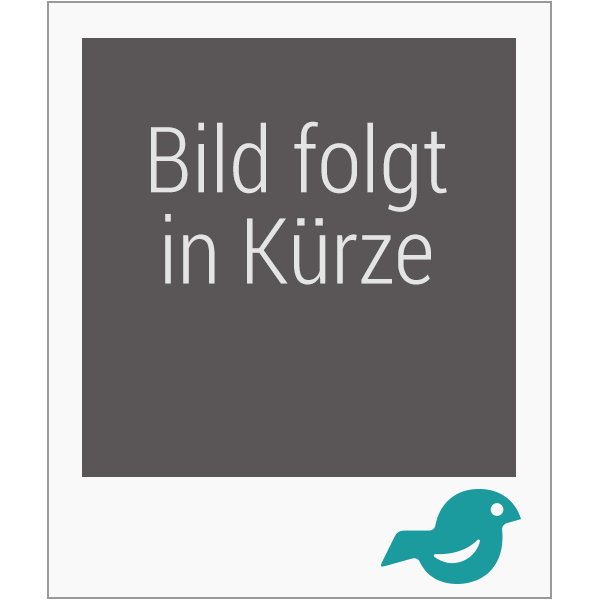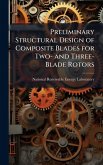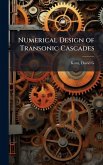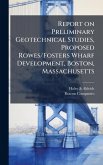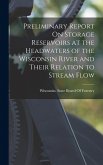A need exists in the field of turbomachinery for correlation-based desktop computer programs that predict the flow through transonic compressor rotors with nominal computational time and cost. In this research, modified versions of two desktop computer programs, intended for preliminary transonic compressor rotor design, BOWSHOCK and TRANSROTOR, were used to perform a parametric study on a modern compressor rotor. BOWSHOCK uses a method-of-characteristics approach to calculate exit flow properties of a supersonic streamtube through a user-defined compressor rotor. TRANSROTOR calculates flow properties at three stations in a user-defined compressor stage. Modifications to TRANSROTOR included the incorporation of a recently published rotor loss model, advertised as suitable for analyzing modern blading concepts. The baseline and modified TRANSROTOR versions were run with two modern transonic compressor blades. Results were compared with results from a Navier-Stokes-based computational fluid dynamics (CFD) code, APNASA. A parametric study using BOWSHOCK examined the sensitivity of rotor efficiency and pressure ratio to variations in six blade parameters. Both TRANSROTOR versions predicted rotor efficiency and pressure ratios within ten-percent of the CFD results. The baseline version predicted total pressure ratio more accurately. Computational times were under six minutes for a single 450 MHz processor. The results of the blade geometry parametric study showed that isentropic efficiency was most sensitive to stagger angle and least sensitive to blade spacing. Total pressure ratio was most sensitive to blade maximum thickness location and least sensitive to blade maximum thickness. This work has been selected by scholars as being culturally important, and is part of the knowledge base of civilization as we know it. This work was reproduced from the original artifact, and remains as true to the original work as possible. Therefore, you will see the original copyright references, library stamps (as most of these works have been housed in our most important libraries around the world), and other notations in the work. This work is in the public domain in the United States of America, and possibly other nations. Within the United States, you may freely copy and distribute this work, as no entity (individual or corporate) has a copyright on the body of the work. As a reproduction of a historical artifact, this work may contain missing or blurred pages, poor pictures, errant marks, etc. Scholars believe, and we concur, that this work is important enough to be preserved, reproduced, and made generally available to the public. We appreciate your support of the preservation process, and thank you for being an important part of keeping this knowledge alive and relevant.
Bitte wählen Sie Ihr Anliegen aus.
Rechnungen
Retourenschein anfordern
Bestellstatus
Storno

